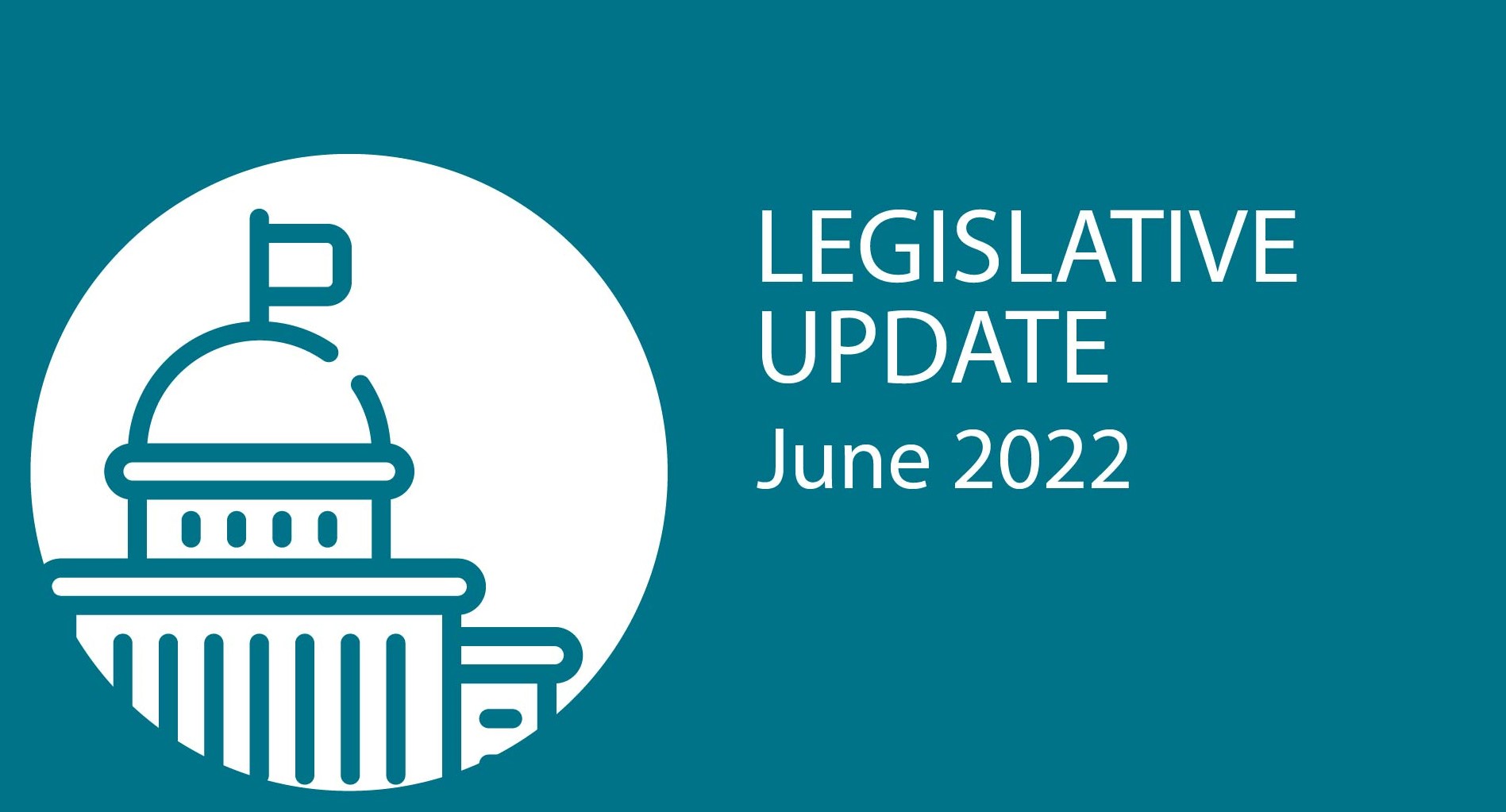This website uses cookies so that we can provide you with the best user experience possible. Cookie information is stored in your browser and performs functions such as recognising you when you return to our website and helping our team to understand which sections of the website you find most interesting and useful.
News
SCOTUS Limits EPA’s Ability to Broadly Regulate Greenhouse Gas Emissions
The U.S. Supreme Court on June 30, restricted the U.S. Environmental Protection Agency’s (EPA) power to regulate greenhouse gas emissions from power plants, finding that the Obama administration exceeded its authority under the Clean Air Act when it allowed states to issue regulations to promote clean sources of electricity generation. The high court’s ruling on West Virginia v. EPA is a major blow to the Biden administration’s climate goals and will force EPA to scale back its efforts to adopt regulations on its own.
In a 6-3 opinion, the justices reversed a D.C. Circuit ruling striking down the Trump administration’s Affordable Clean Energy rule, which repealed the Obama-era Clean Power Plan and replaced it with more limited regulations on carbon dioxide emissions from existing power plants. The Supreme Court applied the “major questions” doctrine, greatly restricting EPA’s power, and might prove to be problematic for other agencies seeking to use existing authority to regulate in new ways or address emerging issues.
The justices faulted EPA for allowing states, to provide the option to promulgate regulations that would encourage “generation shifting,” or moving away from fossil fuel sources like coal to gas or renewables. The majority opinion said this type of regulation, which would impact larger economic forces beyond the fence lines of individual power plants, is not permitted under section 111 of the law.
House Panel to Examine Legislative Solutions to U.S.’s Broken Recycling System.
On June 30, the House Energy and Commerce Committee’s Subcommittee on Environment and Climate Change will hold a hearing on a series of bills aimed at boosting domestic recycling. The hearing will discuss several House companion bills to improve recycling data from EPA and other provisions passed in the Senate on a bipartisan basis, as well as the more controversial “Break Free From Plastic Pollution Act of 2021” bill, which aims to impose extended producer responsibility mandates on manufacturers and has faced opposition from the vinyl and chemical industry groups.
House Appropriators Work Swiftly Through Committee Markups
Members of the House Appropriations Committee have spent the last couple of weeks plowing through several subcommittees and full-committee markups with plans to begin voting on the spending bills after the July 4 recess. On June 28, House lawmakers voted 32-24 in favor of the FY23 Energy and Water Development and Related Agencies spending bill. The bill provides $56.275 billion, a $3.4 billion increase over FY22. The bill provides a total of $8.889 billion for the Army Corps of Engineers, an increase of $545 million above the FY2022 level and $2.288 billion over the request, which is fundamental funding for the nation’s water infrastructure.
The House Appropriations Committee on June 29 also favorably approved, 32-24, the FY23 Interior, Environment, and Related Agencies bill, which includes funding for EPA. The bill would provide EPA with $11.5 billion — a significant $2 billion increase over FY22. The funding provides $2.88 billion for Clean Water and Drinking Water State Revolving Funds, $113 million more than provided at the enacted level. It also includes $934.7 million in Community Project Funding for 419 drinking water, wastewater, and stormwater management projects across the country. The panel significantly increased EPA’s funding for environmental justice (EJ) efforts across multiple programs with nearly $301 million for EJ activities, $201 million above the enacted level, and in line with the Biden administration’s request.
Notably, the bill provides $124 million for the Toxic Substances Control Act (TSCA) budget, matching the $64 million increase requested by the administration. EPA says the increase in funding for additional staff is necessary to meet the reformed program’s deadlines since lawmakers never provided additional funding after expanding EPA’s authority and reforming the program.
EPA Publishes TSCA Risk Determination Notice on HBCD
On June 29, EPA published a Federal Register notice announcing the availability of the final revision to the risk determination for the Cyclic Aliphatic Bromide Cluster (HBCD ) risk evaluation issued under the Toxic Substances Control Act (TSCA). The agency determined that a controversial substance formerly widely used as a flame retardant poses outsized risks to human health and the environment. HBCD presents “an unreasonable risk of injury” to workers throughout a range of uses, from importation and processing to commercial use and disposal, according to EPA. In addition, the agency emphasized that HBCD poses a threat to aquatic and sediment-dwelling life and, in particular, disrupts hatching growth in fish. HBCD is present in common products such as building insulation, furniture, and electronics, and its health effects include possible reproductive, developmental, and neurological harm.


